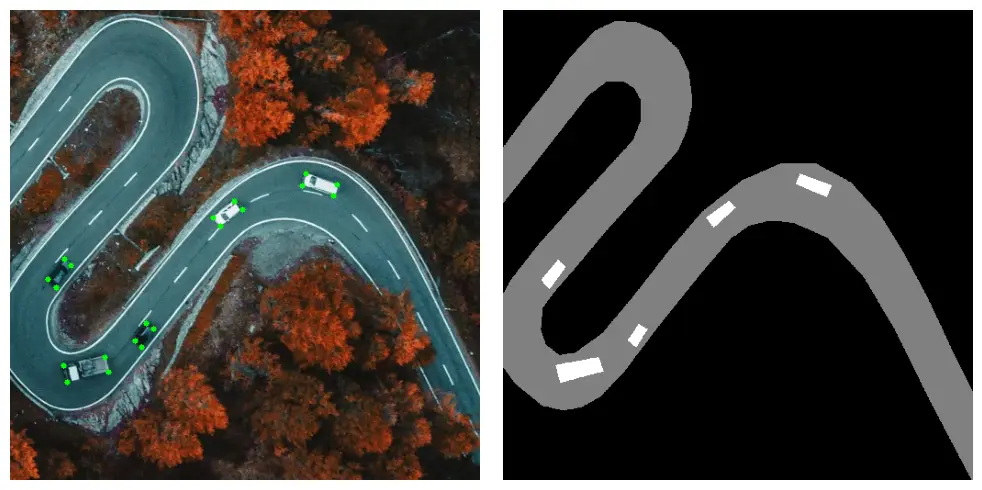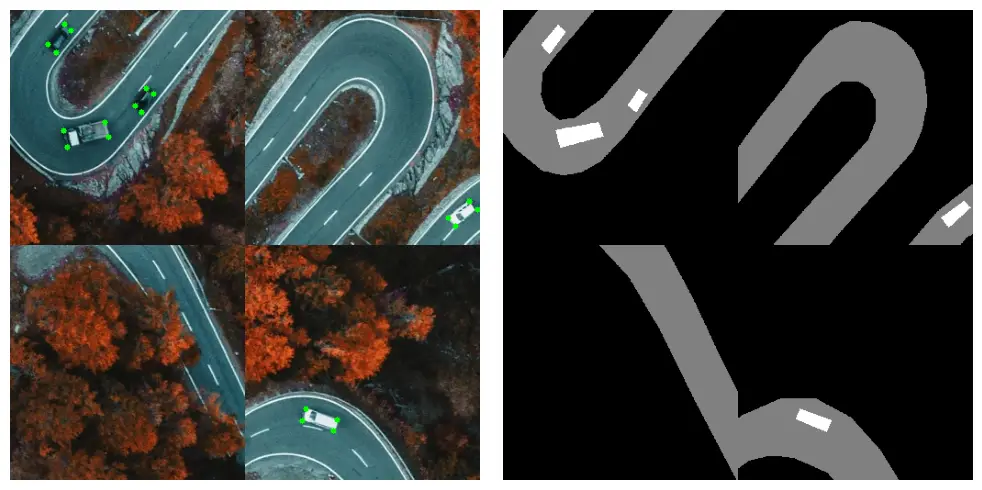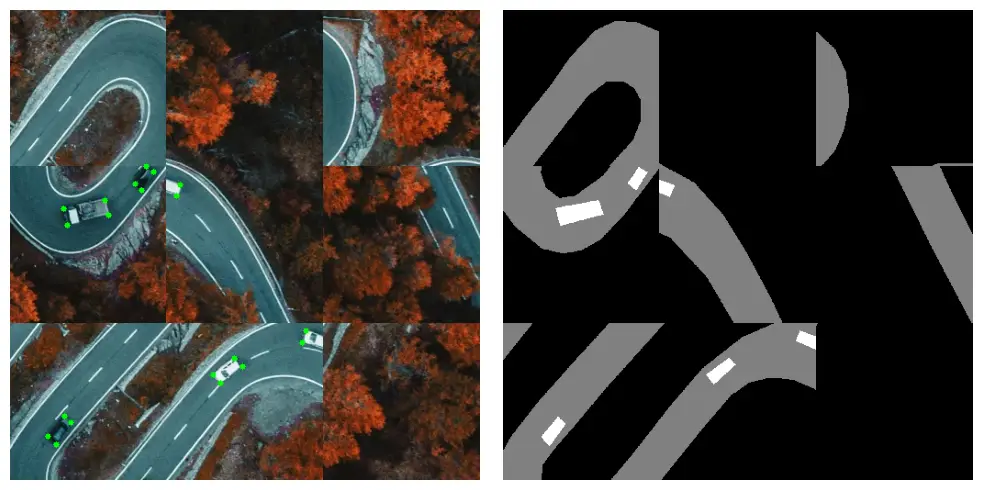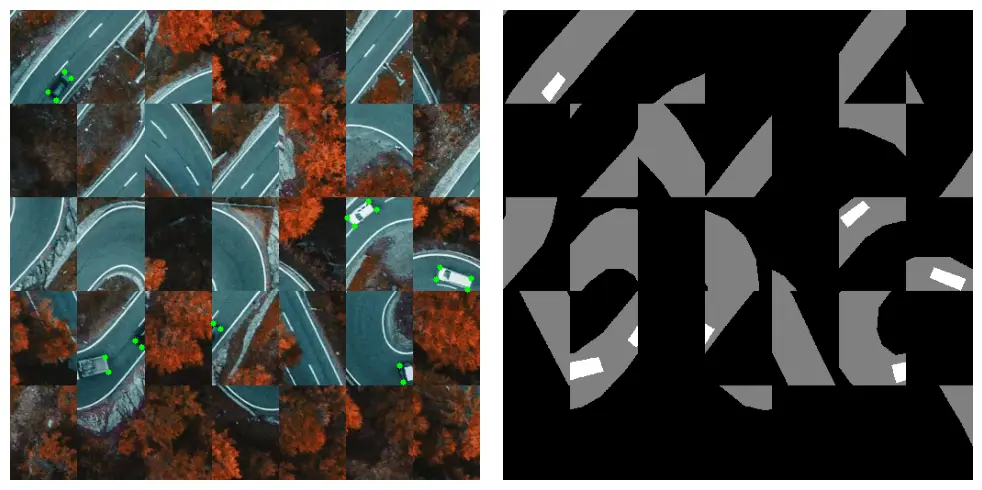Stay updated
News & Insightsexampleexample bboxesexample bboxes2example chromatic aberrationexample d4example documentsexample domain adaptationexample gridshuffleexample hfhubexample kaggle saltexample keypointsexample mosaicexample multi targetexample OverlayElementsexample textimageexample ultralyticsexample weather transformsexample xymaskingface landmarks tutorialkeras cats dogs classificationkeras pretrained segmentationmigrating from torchvision to albumentationspytorch classificationpytorch semantic segmentationreplayserializationshowcase
title: "example gridshuffle" notebookName: "example_gridshuffle.ipynb" 🔗
Open in Google ColabRun this notebook interactively
%matplotlib inline
RandomGridShuffle 🔗
This transformation divides the image into a grid and then permutes these grid cells based on a random mapping.
It could be useful when only micro features are important for the model, and memorizing the global structure could be harmful.
For example:
- Identifying the type of cell phone used to take a picture based on micro artifacts generated by phone post-processing algorithms, rather than the semantic features of the photo. See more at https://ieeexplore.ieee.org/abstract/document/8622031
- Identifying stress, glucose, hydration levels based on skin images.
import albumentations as A
import cv2
from matplotlib import pyplot as plt
/opt/homebrew/Caskroom/miniconda/base/envs/albumentations_examples/lib/python3.9/site-packages/tqdm/auto.py:21: TqdmWarning: IProgress not found. Please update jupyter and ipywidgets. See https://ipywidgets.readthedocs.io/en/stable/user_install.html
from .autonotebook import tqdm as notebook_tqdm
import json
KEYPOINT_COLOR = (0, 255, 0)
def vis_keypoints(image, keypoints, color=KEYPOINT_COLOR, diameter=3):
image = image.copy()
for x, y in keypoints:
cv2.circle(image, (int(x), int(y)), diameter, color, -1)
return image
def visualize(image, mask, keypoints):
# Create a copy of the image to draw on
img = image.copy()
# Apply keypoints if provided
if keypoints:
img = vis_keypoints(img, keypoints)
# Setup plot
fig, ax = plt.subplots(1, 2, figsize=(10, 5))
# Show the image with annotations
ax[0].imshow(img)
ax[0].axis("off")
# Show the mask
ax[1].imshow(mask, cmap="gray")
ax[1].axis("off")
plt.tight_layout()
plt.show()
with open("../data/road_labels.json") as f:
labels = json.load(f)
keypoints = labels["keypoints"]
image = cv2.imread("../data/road.jpeg", cv2.IMREAD_COLOR_RGB)
mask = cv2.imread("../data/road.png", 0)
visualize(image, mask, keypoints)
No code provided
No code providedtransform = A.Compose([A.RandomGridShuffle(grid=(2, 2), p=1)], keypoint_params=A.KeypointParams(format="xy"))
transformed = transform(image=image, keypoints=keypoints, mask=mask)
visualize(transformed["image"], transformed["mask"], transformed["keypoints"])
No code provided
No code providedtransform = A.Compose(
[A.RandomGridShuffle(grid=(3, 3), p=1)],
keypoint_params=A.KeypointParams(format="xy"),
seed=137,
strict=True,
)
transformed = transform(image=image, keypoints=keypoints, mask=mask)
visualize(transformed["image"], transformed["mask"], transformed["keypoints"])
No code provided
No code providedtransform = A.Compose(
[A.RandomGridShuffle(grid=(5, 7), p=1)],
keypoint_params=A.KeypointParams(format="xy"),
seed=137,
strict=True,
)
transformed = transform(image=image, keypoints=keypoints, mask=mask)
visualize(transformed["image"], transformed["mask"], transformed["keypoints"])
No code provided
No code provided